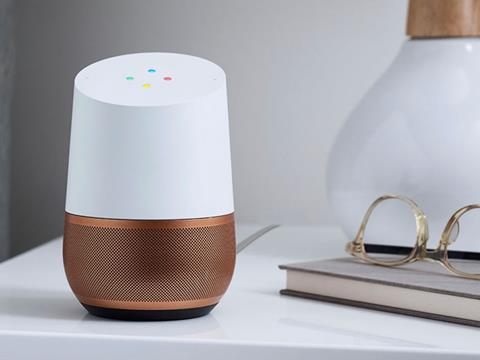
Tesco is weeks away from launching a new Google app that should simplify the supermarket’s voice shopping service and add new functionality.
The still-secret app is expected to be able to cope with more complex commands than the existing voice-shopping service and add new capabilities.
At the moment Tesco uses task-managing service IFTTT (If This Then That) to allow customers to add items to their online basket by giving simple commands like “add milk” to a Google Home smart speaker or other device equipped with Google Assistant.
To set it up, customers must link both their Google and Tesco accounts to the IFTTT app, which then adds favourite or usual product choices in response to simple commands rather than top search results.
The new app, which customers will be able to download from Google Play, is expected to add functionality to the service, including the ability to select a delivery date.
“There are a few exciting things on the way,” a Tesco source said on the future of the channel. “We’re launching a Google app. It’s about a month away.”
The app “still won’t do check out,” meaning customers will continue to log in to their Tesco accounts to complete the order, the source said.
No details have been officially revealed. “I have nothing to share with you at the minute on this,” said a Tesco spokesman.
The importance of voice shopping to the supermarket was made clear last week when Tesco Labs’ head of technology research and open innovation, Paul Wilkinson, spoke at the Internet Retailing Expo in Birmingham.
“Music tends to be the entry drug on these sorts of voice devices, but from the customers that we’ve spoken to, they do music, they do kitchen timers - that’s another popular one - and the third thing they use it for is grocery shopping,” said Wilkinson on Thursday.
“So this is one of the reasons we think this is a really big trend that we’re really keen to keep pushing.
“The adoption curve of the technology at the moment is rampant and I think if you don’t get into this platform, you’ll get left behind.
“The second thing is, as children growing up with this understand and expect it, you’re going to need it there as a channel, in the same way that we do with mobile.
“It’s particularly convenient for things like groceries. You might not necessarily want to buy a dress or a more considered purchase on this sort of device, but for groceries we think it fits really nicely.”



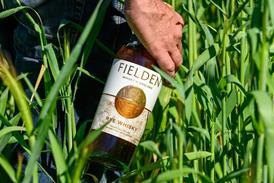
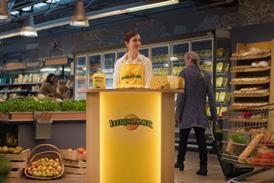



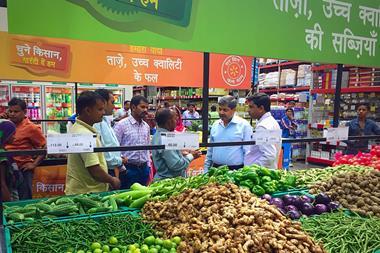


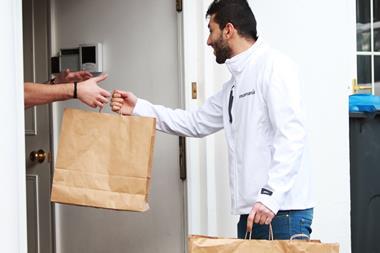
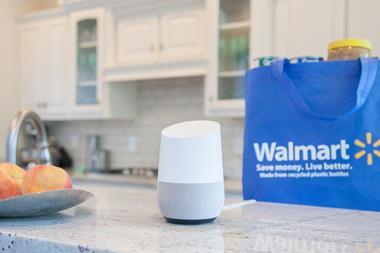




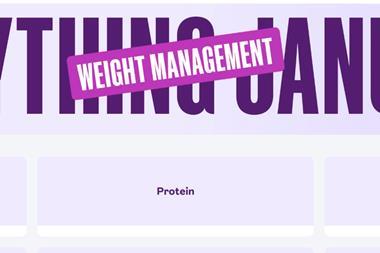

No comments yet